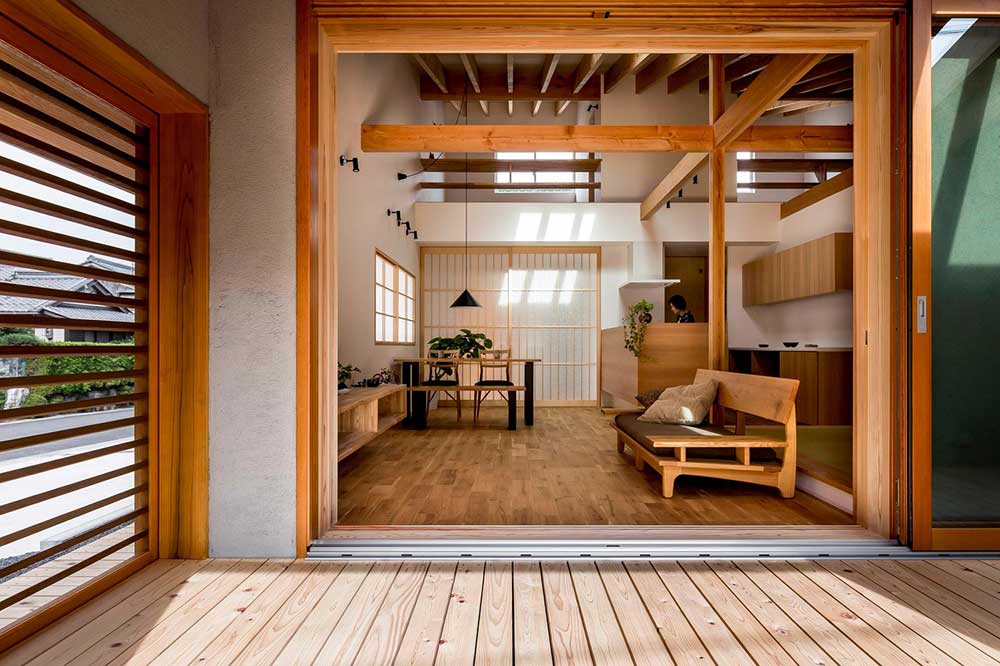Building a minimalist Japanese roof house requires careful attention to design, materials, and functionality to achieve a harmonious and serene living space. Here are some essential tips and ideas to consider:

- Embrace Simplicity in Design: Minimalist Japanese roof houses prioritize simplicity and clean lines. Opt for a straightforward gable roof design with minimal ornamentation to create a timeless and elegant aesthetic.
- Focus on Natural Materials: Choose natural materials such as wood, stone, and bamboo to evoke a sense of warmth and connection to nature. Incorporate these materials into both the exterior and interior design to create a cohesive and inviting living environment.
- Maximize Natural Light: Take advantage of natural light to create bright and airy interiors. Install large windows, skylights, and glass doors to allow sunlight to flood the space, while also providing views of the surrounding landscape.
- Create Seamless Indoor-Outdoor Flow: Blur the boundaries between indoor and outdoor spaces to enhance the sense of openness and connection to nature. Design outdoor living areas, such as engawa (verandas) or rooftop terraces, that seamlessly extend from the interior living spaces.
- Optimize Space Efficiency: Prioritize space efficiency and functionality in the design of your minimalist Japanese roof house. Incorporate built-in storage solutions, multifunctional furniture, and flexible floor plans to maximize usable space and minimize clutter.
- Incorporate Traditional Elements: Pay homage to Japanese architectural heritage by incorporating traditional elements such as shoji screens, tatami mats, and sliding doors. These elements add authenticity and character to the minimalist design while also providing practical benefits such as privacy and flexibility.
- Create Tranquil Outdoor Spaces: Design outdoor Zen gardens, rock gardens, or water features to promote relaxation and mindfulness. These tranquil outdoor spaces enhance the overall sense of serenity and harmony in the minimalist Japanese roof house.
- Focus on Sustainability: Prioritize sustainability and environmental responsibility in the construction and operation of your minimalist Japanese roof house. Choose eco-friendly building materials, incorporate energy-efficient systems, and design for passive heating and cooling to minimize environmental impact.
- Keep the Color Palette Neutral: Stick to a neutral color palette of whites, beiges, and earth tones to create a serene and calming atmosphere. Use natural wood finishes and subtle accents to add warmth and texture to the minimalist interiors.
- Consider Modular Construction: Explore modular construction techniques to streamline the building process and minimize waste. Prefabricated components can be assembled on-site to expedite construction while ensuring quality and consistency in the finished product.
By incorporating these tips and ideas into your design process, you can create a minimalist Japanese roof house that embodies the principles of simplicity, tranquility, and harmony with nature. Striking the right balance between form and function will result in a timeless and elegant living space that reflects the essence of Japanese architectural tradition.



